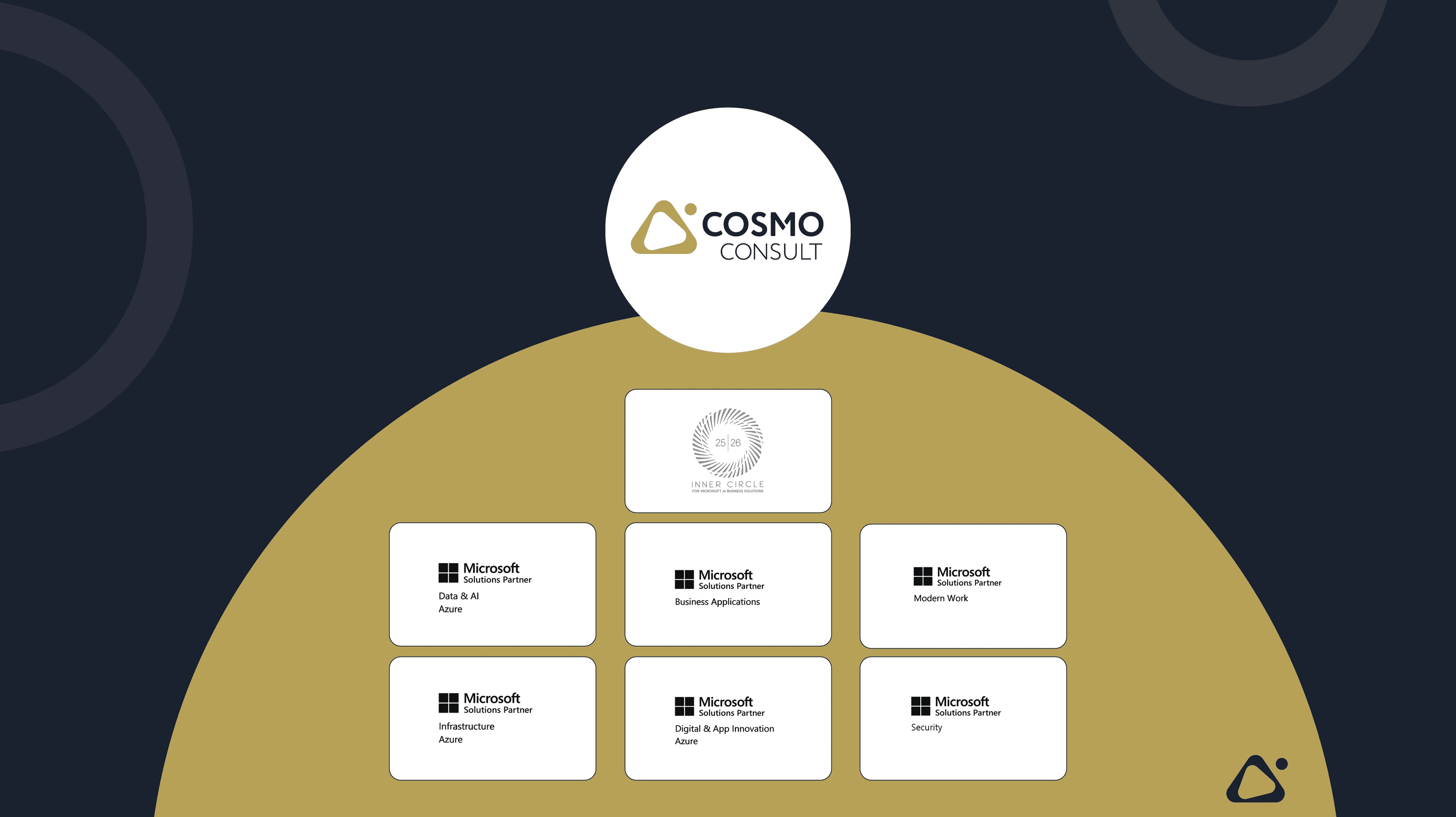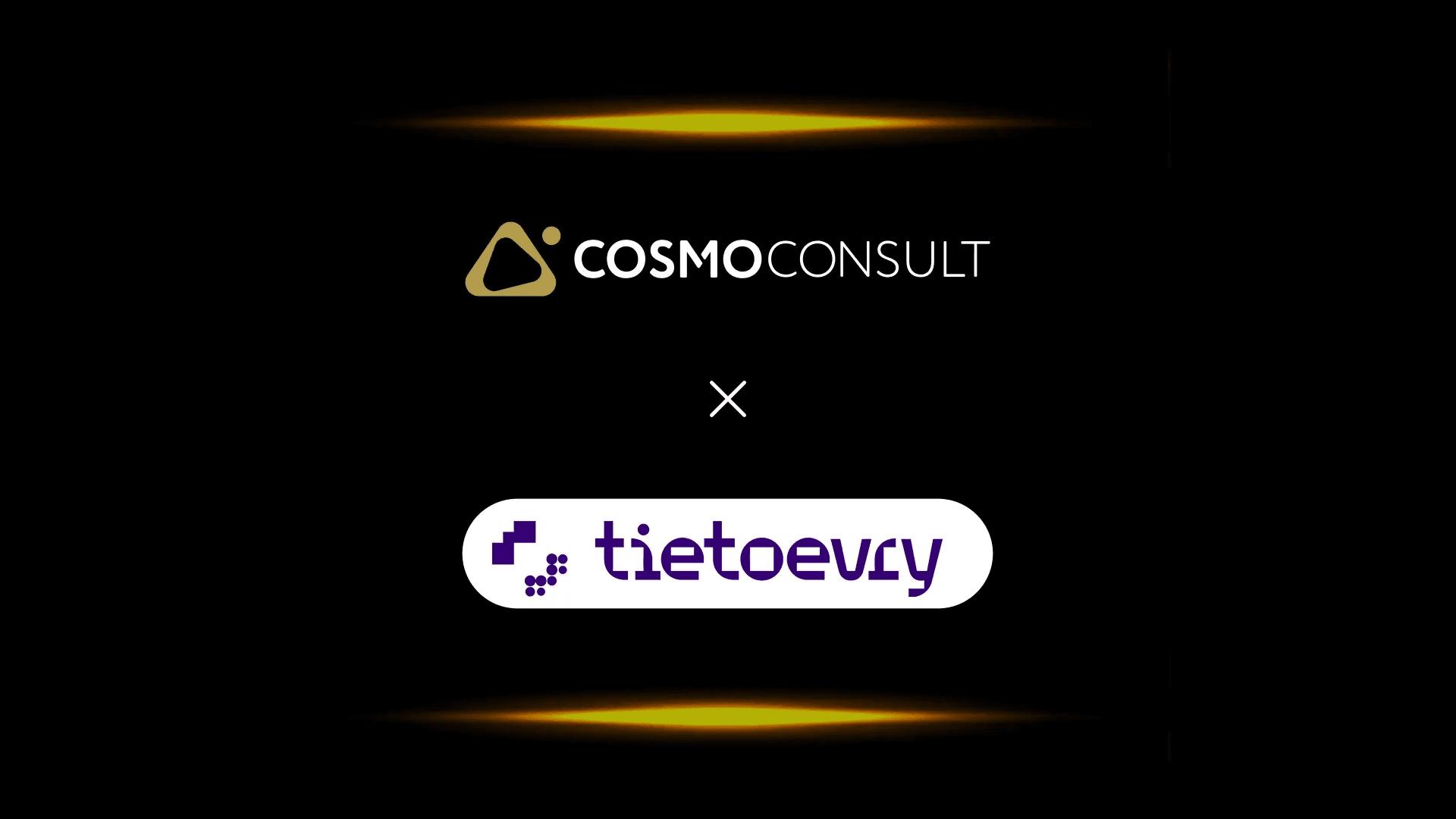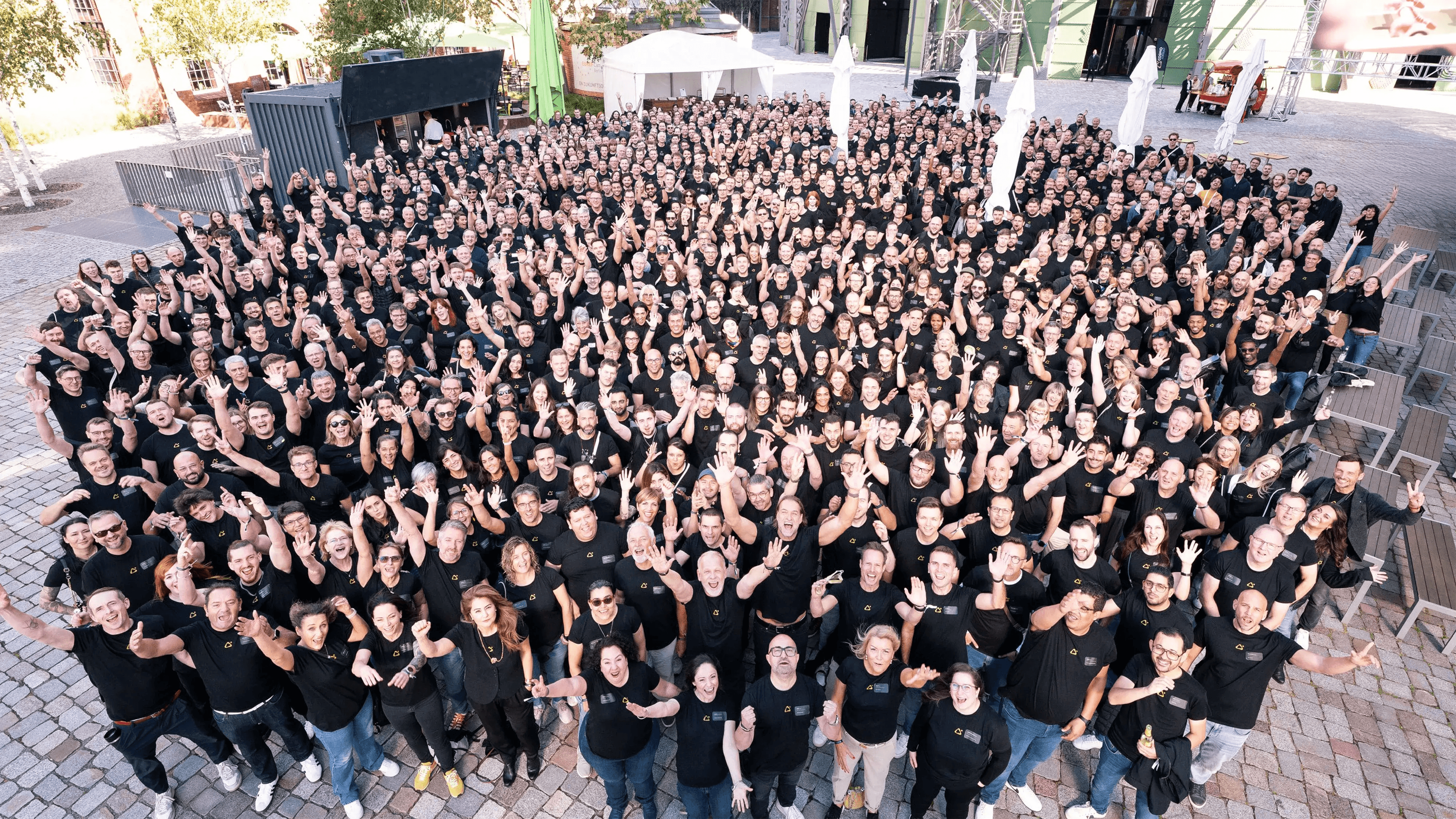
The digital transformation is still in its infancy - and yet it has already revolutionized entire industries. Just try to find a travel agency in the nearest pedestrian zone or spontaneously rent a DVD somewhere. It may even be quite a journey to get to a bank office in the near future. On the other hand, small and medium-sized businesses are profiting from this trend - because they can adapt flexibly and quickly to new business models. According to the KfW, the government-owned development bank, small and medium-sized businesses currently employ 30.9 million people. The number of employees has grown by 5 percent over the course of a year. In comparison, large companies and public authorities shed half a million jobs over the same period. And in its current “SME barometer” report, Ernst & Young's management consultants predict that one in three medium-sized enterprises will create more new jobs in 2018. This is not how a gigantic job destruction machine looks.
The fight for the brightest minds
Rather, jobs that become obsolete are being reconstructed elsewhere: demand is not falling; requirements are changing. This is a challenge for people and companies alike. After all, digital transformation requires more than buying smartphones or booking cloud services. A digital work culture is based on a holistic strategy and thinking in in terms of digital processes. If the right framework conditions are lacking, it will be difficult to find the right staff. There is demand for people who are not only technically qualified and able to work in a team, but also have a high degree of digital savvy. Those are skills that are difficult to find right now in the current transition phase. For these people, how digital a workplace is a crucial aspect when choosing a job. But what does the digital workplace of the future look like?
The digital workplace is everywhere
Going digital makes working life more flexible. This makes it easier to balance the demands of work and family life. On the other hand, companies are able to recruit employees who would otherwise not be available, for example, because moving where the job was located was out of the question for the employee. Digital workplaces are tightly integrated. Regardless of where the work is done. That means people can work virtually anywhere - from their home office, outside, on the train or at the airport. Instead of sitting in an office from 9 to 5, working hours can be variable. It is not presence that counts, but projects.
Teamwork is king
The second important point concerns teamwork and cooperation. In the digital age, work is rarely done by a solitary individual sitting alone in a quiet little room. Instead, the focus is on projects and team work. Only when you work in a team is it possible to see projects in nuanced ways from different perspectives. Only in teams are ideas from people with different backgrounds questioned objectively and critically. This is important in order to arrive at the thought-out solutions that markets really need.
Many requirements, one provider
Microsoft is a one-stop shop for all the technologies necessary for digital workplaces:
- Microsoft Office 365 is a cloud-based office suite that includes traditional office applications as well as e-mail, chat, and video conferencing capabilities. New and revised documents are stored centrally so that workgroups are always up to date. It is just as easy to contact colleagues, for example to coordinate activities.
- The social network Yammer is the ideal place to share information or discuss issues in larger groups within the company or within the team.
- With Microsoft Teams, workgroups can find all documents and information in one central location. It is possible to delegate tasks collectively and schedule appointments.
Going digital - an opportunity for SMEs
When it comes to recruiting, small and medium-sized businesses are often in the shadow of larger companies. In the course of the digital transformation, the cards are being reshuffled. Especially because members of Generation Y - as the new generation of employees is called - do not have the same priorities as their parents. Flexible hours and a networked, modern work environment are the keys for companies to retain high potentials in the long term. With Microsoft technologies and the cloud, companies can establish the right framework to achieve this.

Keywords
More similar news articles
Found what you were looking for?
Start your intelligent search now




